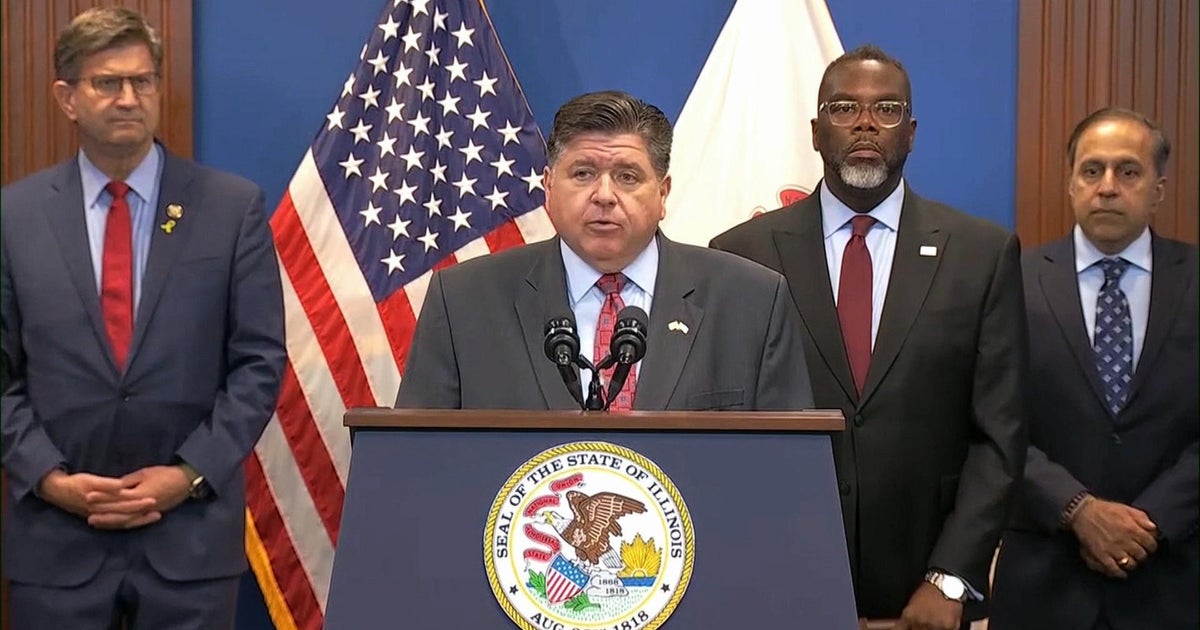One eagle, three crows, and countless rainbow lorikeets are regulars. Willie wagtails sometimes flutter above the pond, and wrens start foraging for worms whenever I dig up soil. You don’t need the expertise of an ornithologist to notice birds.
I’ve learnt who lives in my garden and who comes to visit. I watch some birds swoop on rabbits and others that eat every apple from an un-netted tree. I listen to the songs of the magpies who perch on my TV antenna.
At a time when one in six Australian birds faces the threat of extinction, discovering what is in your own backyard can be a revelation.

The male superb fairy wren is easily spotted thanks to its distinctive blue and black feathered head.Credit: iStock
A country-wide census project running this month takes matters a step further. The conservation charity BirdLife Australia has organised its 12th annual Aussie Bird Count where everyone – especially new enthusiasts – is being called upon to count birds.
People are asked to record what they see in a specific area over a period of 20 minutes. You don’t need to be a bird expert, and BirdLife Australia provides a field guide app for those worried about their bird identification skills.
You can do the count in your garden, on a beach or in a city street. Sean Dooley, a spokesman for BirdLife Australia, says he once did it at a city station while waiting for a train. Other people have recorded what they see through their office window, in the Western Desert and on the sub-Antarctic Macquarie Island.
While 9000 people took part in the inaugural 2014 count, last year’s event attracted more than 57,000 participants. All of the data collected adds to the scientific knowledge about the health of bird populations and habitat around Australia, and Dooley says the findings have been used to help hundreds of councils and land managers support a wider diversity of bird life.
The count has also spurred more home gardeners into action because, as many participants will attest, once you begin counting birds your mind turns to all the other birds you might lure. You start thinking fantails, pardalotes, silvereyes and Eastern spinebills. All of a sudden, welcoming yellow-faced honeyeaters and red-browed finches is a driving focus.

The striated pardalote is found across most of Australia.
But the upside isn’t only avian. By supporting birds, you are also supporting bees and bats, ladybirds and lizards, and all the creatures across the food web. A garden that supports a diversity of birds is a whole, healthy community of living organisms.
How to attract more birds to your garden
So where to start? Plant a host of different plants across a multitude of layers. Rather than relying on seed-filled bird feeders, think about all the shrubs, grasses and ground covers that might provide sustenance and shelter for small birds. A dense understory planting helps create places for them to take refuge.
These birds need extra attention because as cities become more built up, it is the bigger, more aggressive birds that are becoming more prevalent. The same three large birds – the rainbow lorikeet, noisy miner and Australian magpie – have been the most commonly sighted of all birds in every year’s bird count.

The native noisy miner bird is among the top three in the bird count each year.Credit: Getty
To attract a wider diversity of birds you need a diversity of plants. You might even consider reducing the size of your lawn to accommodate a wider array of vegetation. And then by allowing your plants to live out all their life stages, there will be seeds, hollow stems, fallen leaves and other plant material to help meet the needs of not just birds but also beneficial insects and other wildlife. Even dead and dying (but safe) trees can be retained to provide habitat.
Provide water too. Introduce a pond, birdbath or other water source so that birds can drink, bathe and cool down. But keep cats well away. Domestic cats kill millions of birds and other native animals in Australia each year and should be kept inside.
There are many free online resources that discuss other ways to support birds. These include a gardening course run by BirdLife Australia and an Urban Nature Planting Guide on the City of Melbourne website that details the biodiversity benefits of about 130 plants.
Dooley says that “one of the really powerful things” about the Aussie Bird count is that it connects people with their local environment. Dooley himself has been a bird watcher since he was 10 when a bird-enthusiast school teacher handed out binoculars so the students could observe what was flying around them.
“The wonder of nature opened up before my eyes,” he says.
Most Viewed in Lifestyle
Loading


















































